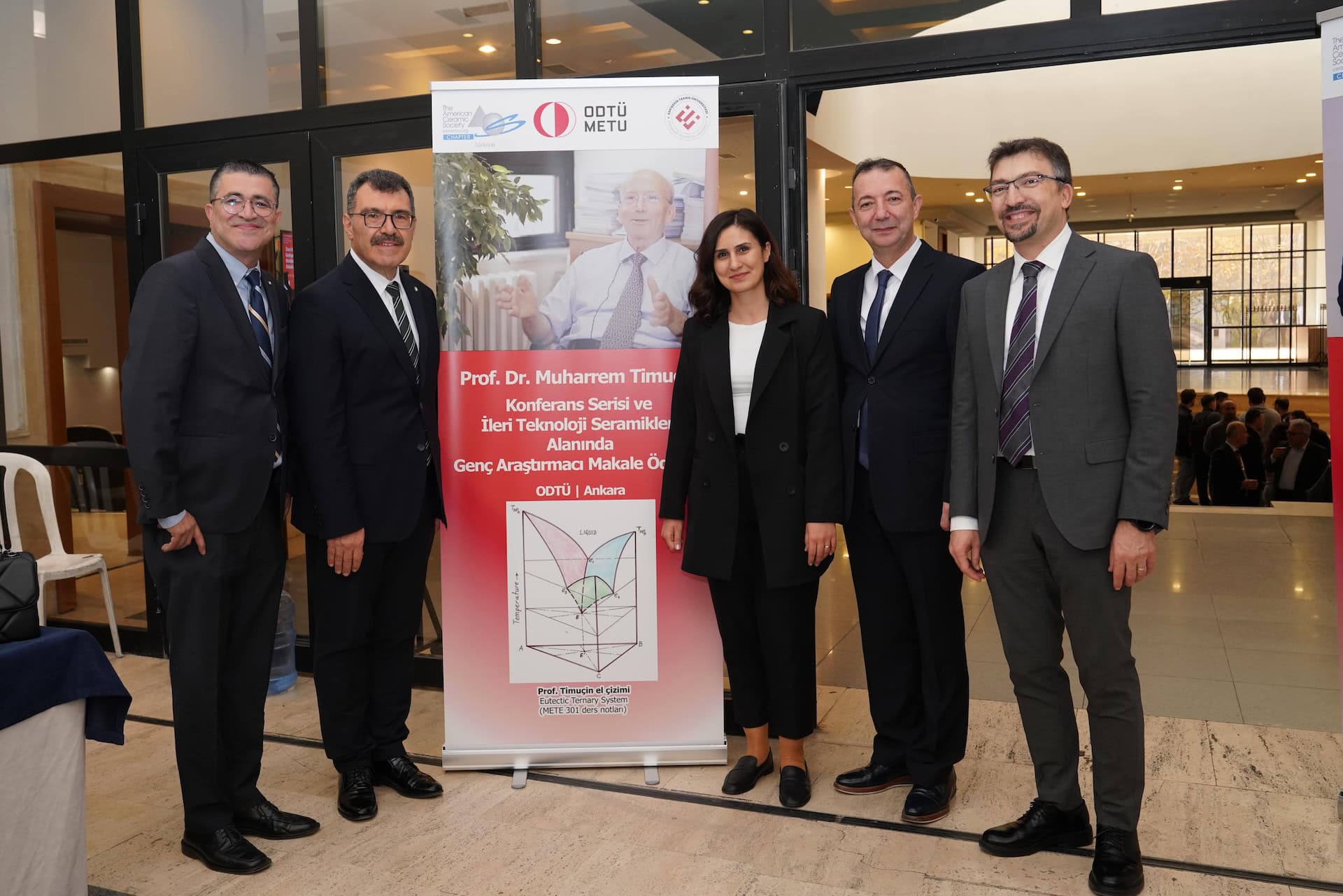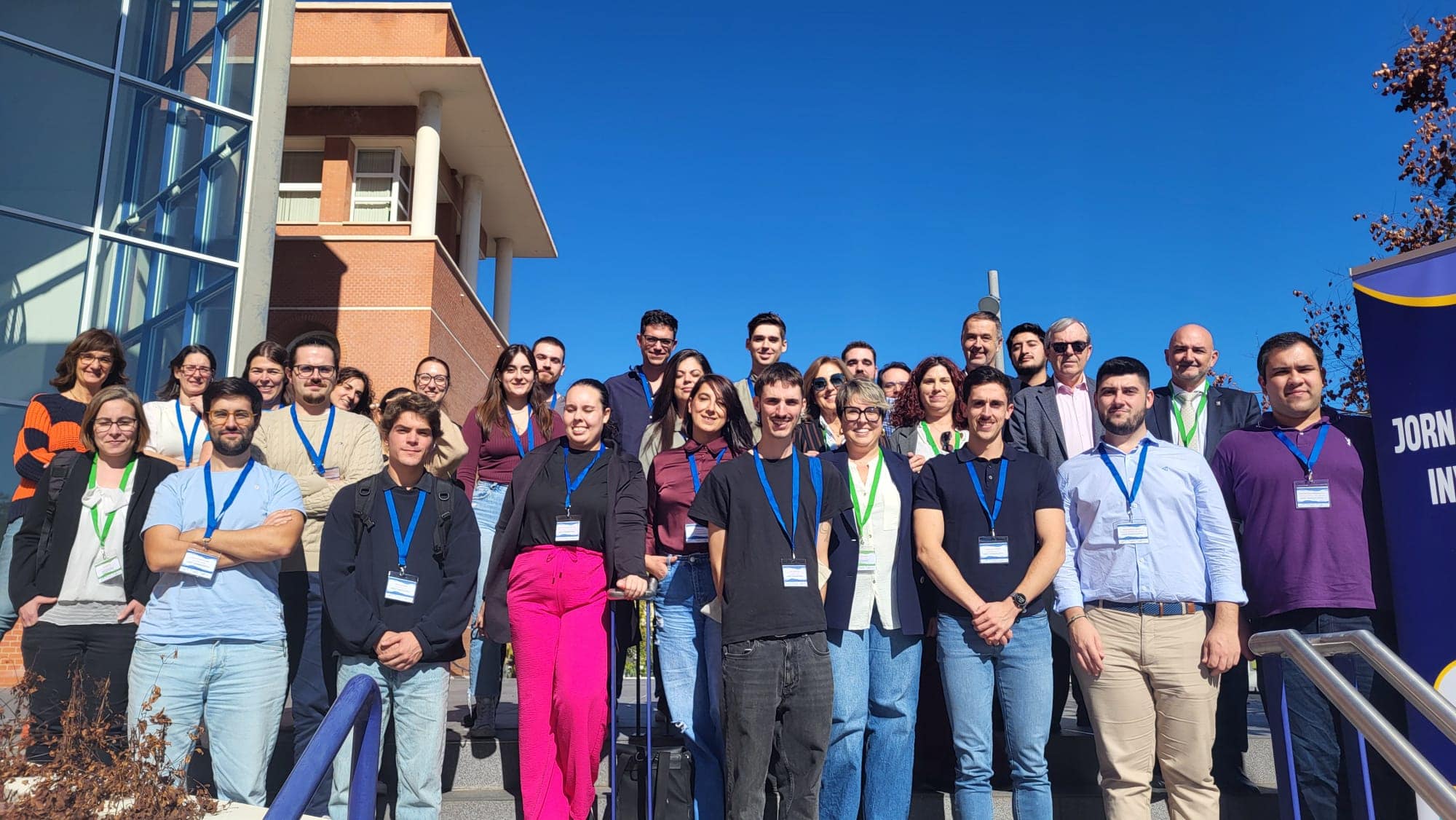
[Image above] ACerS member Claire Xiong in her lab at Boise State University. Credit: Claire Xiong
Claire Xiong knows firsthand the importance of being part of a scientific community. She was born into a scientific family—her father was an electrical engineer and her mother was an analytical chemist. When you are surrounded by science your entire childhood, there is a chance you may follow a similar career path.
And that is just what Xiong did.
Xiong earned a B.E. in applied chemistry and a master’s degree in inorganic chemistry from East China University of Science and Technology (Shanghai). She earned her Ph.D. in electrochemistry from the University of Pittsburgh (Pa.), studying one-dimensional nanostructured electrodes using scanning electrochemical microscopy.
As associate professor at Micron School of Materials Science and Engineering at Boise State University, Xiong’s research focus lies in the synthesis, characterization, and development of advanced functional nanomaterials for sustainable energy systems, according to her bio on the Boise State University website.
Prior to joining the faculty at Boise State, Xiong held two postdoctoral fellow positions, first at Harvard University, then at Argonne National Laboratory. She joined The American Ceramic Society around the same time she started her job at Boise State.
“At that time, I was still new [at Boise State], and was trying to figure out where to find a ‘home’ in a professional society,” she explains. “I had been a member of electrochemical, electroanalytical chemistry societies, and [another society].”
That is when one of her colleagues, ACerS Fellow Darryl Butt, indirectly introduced her to ACerS during a leadership summit. “He introduced me to program managers at the National Science Foundation (NSF) and the Department of Energy,” she says. “He wanted me to meet Lynnette Madsen, who encouraged me to attend a Principle Investigator meeting. Everyone was so welcoming, especially to the newcomers. That’s how I ended up joining ACerS.”
Xiong is currently secretary of ACerS Electronics Division, which co-organizes the Electronic Materials and Applications meeting (EMA) every year with the Basic Science Division. By regularly attending the EMA and Materials Science & Technology (MS&T) meetings and presenting research, she says she has gotten to know more ACerS members.
“I gave a talk at MS&T [in 2018],” she says, “and discovered that people are really very supportive and friendly. You can generate more ideas, feedback, and comments about the research you’ve presented.”
Xiong also participated as a panelist on an NSF-sponsored career workshop. “It was an opportunity to share our experience in academia,” she explains. “It was valuable for students and faculty who are beginning their careers. They really liked the advice they got from the panelists.”
Helping her students succeed
Because of the advantages she gained from new relationships and thought-leadership opportunities, Xiong encourages her students to get involved in the Society. As a professor, she believes in guiding students to opportunities that help them advance in their careers. And one of the best opportunities is connecting with peers in ACerS.
“It’s important for meeting organizers to provide opportunities for ACerS members and students to become involved,” she says. “We try to arrange activities at each [EMA] meeting for students and those early in their careers to get perspectives from seasoned scholars.”
As an example, Xiong talked about one of her students that she brought to an EMA meeting. That student earned recognition by receiving second place for an oral presentation—and then the student earned something even more.
“She spent time networking at the meeting and found a postdoc job,” Xiong says proudly. “These meetings are really good exposure for students.”
Author
Faye Oney
Spotlight Categories
- Member Highlights


